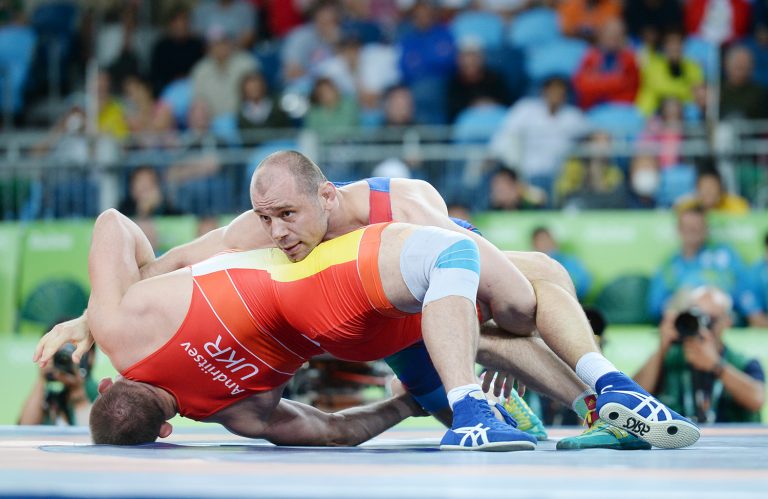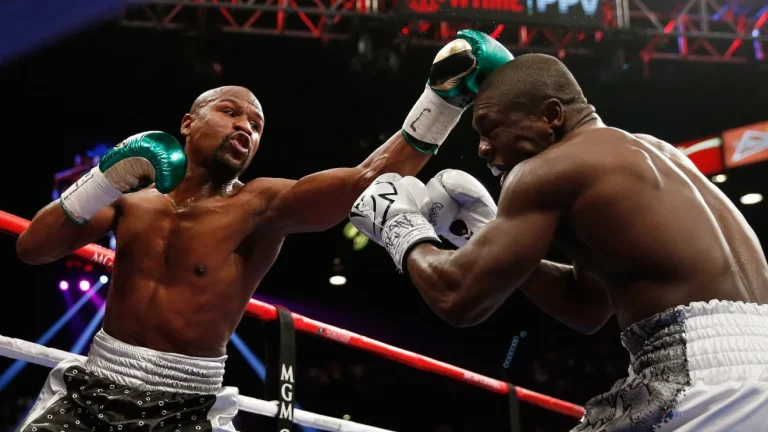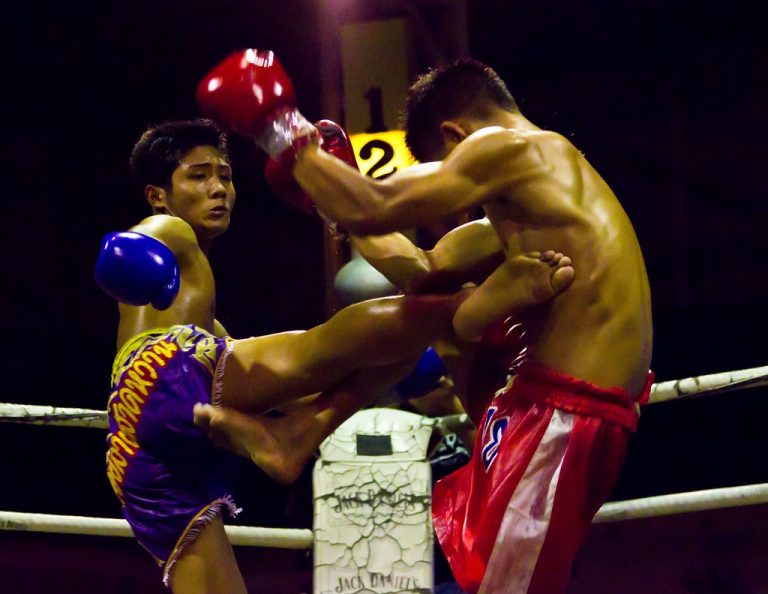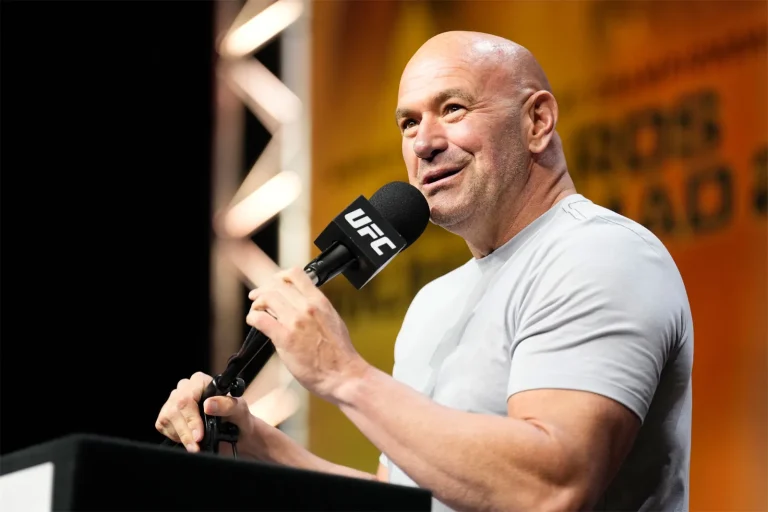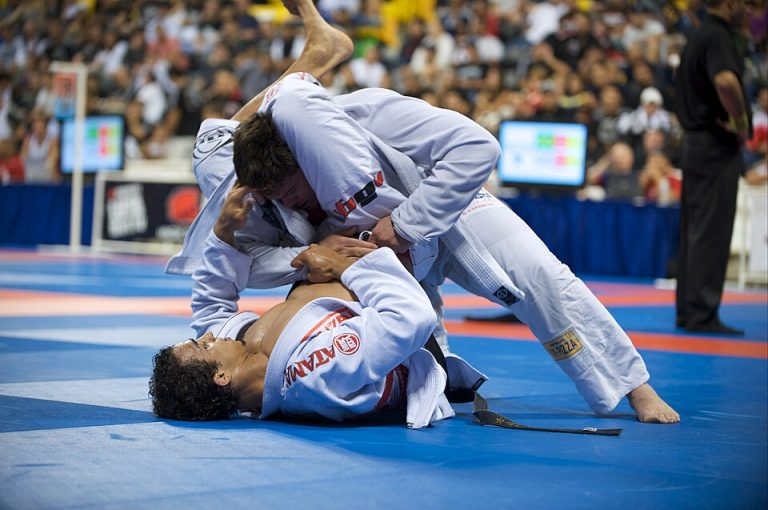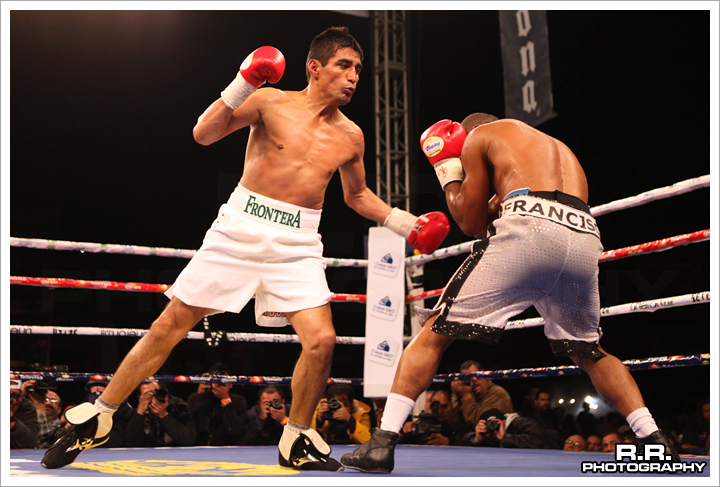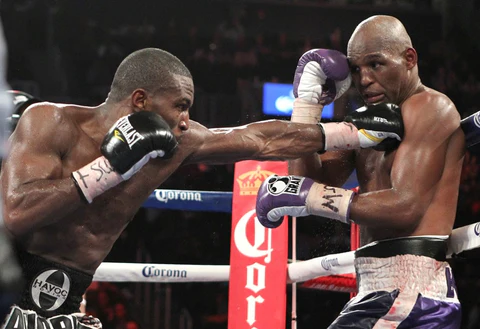
The Philly Shell is a thing of beauty to behold. You’ve seen it in highlights of Floyd Mayweather Jr.’s fights—that slick, hands-low stance that makes punches magically whiz past his head.
Welcome to the Philly Shell, a defensive boxing technique that’s equal parts art and science. But is it right for you? Let’s break down everything from its gritty history to step-by-step drills, common mistakes to avoid, and how to adapt it to your style. Spoiler: If you’re a beginner who thinks this stance means “just chill and look cool,” prepare for a reality check.
What Is the Philly Shell?
The Philly Shell, aka the “Shoulder Roll,” is a defensive boxing stance where you stand sideways, keep your lead hand low near your hip, tuck your rear hand against your jaw, and roll your front shoulder upward to deflect punches. It looks relaxed but is a calculated strategy to conserve energy, bait opponents, and counter with precision.
Key features:
- Low lead hand: Dangles near your hip, tempting opponents to jab (so you can slip or counter).
- Rear hand guard: Protects your jaw and sets up power shots.
- Shoulder roll: Your front shoulder acts as a shield, deflecting hooks and straights.
- Angled torso: Turns your body into a smaller target (like a sideways iPhone vs. a billboard).
Critics of the Philly Shell call it a “lazy” stance, but ask anyone who’s tried it: The Philly Shell demands more focus than a high guard. One wrong move, and you’re eating a hook for lunch.
A Quick History Lesson: From 1920s Philly to Floyd Mayweather
Contrary to myth, the Philly Shell wasn’t born in a lab with Mayweather’s DNA. It evolved in Philadelphia gyms in the early 20th century, where trainers like George Benton taught fighters to prioritize defense in gritty, bare-knuckle-style sparring.
Legends like Joe Frazier used elements of the stance, but modern icons like James Toney and Mayweather turned it into a global phenomenon.
The stance borrows from 19th-century bare-knuckle boxing, where fighters kept their hands low to avoid breaking fingers on opponents’ skulls. Old-school survival instincts meet modern slickness!
Watch footage of Benton-trained fighters like Eddie Mustafa Muhammad. Their shoulder rolls were so smooth they could’ve doubled as dance moves.
Why the Philly Shell Works (When You Nail It)
This isn’t a stance for beginners, but when mastered, it offers game-changing perks:
- Energy Efficiency: Block with your shoulder, not your arms. Less movement = more gas in your tank for late rounds.
- Counterpunching Goldmine: Let opponents overcommit, then punish them with check hooks or right straights. Defensive fighters land 20% more counters on average.
- Mind Games: Nothing frustrates opponents like hitting air. Watch them grow reckless trying to land clean shots.
- Southpaw Kryptonite: The angle created by the Philly shell neutralizes orthodox fighters’ straights.
The Philly Shell shines against straight punchers but struggles against swarming brawlers. Know your opponent!
The Dark Side: 3 Risks of the Philly Shell
- Footwork Demands: You need ballet-level agility to pivot and angle out. Fail here, and you’ll look like a baby giraffe on ice.
- Judge Bias: Some scorers equate high guard with “control.” If you look too casual, you might lose close rounds.
- Over-Reliance: It’s a tool, not the whole toolbox. Switch stances mid-fight to keep opponents guessing.
How to Use the Philly Shell: A Step-by-Step Cheat Sheet
1. Stance Setup
- Stand at a 45-degree angle with your feet shoulder-width apart.
- Keep your lead hand low while your rear hand is glued to your jaw. The elbow of your rear hand should be close to your body to block body shots.
- Roll your lead shoulder up as if you were shrugging off haters.
2. Defend Like a Pro
- Jabs: Slip outside and counter with a rear straight.
- Hooks: Roll your shoulder and fire a check hook.
- Body Shots: Twist your torso or drop your elbow to block.
3. Counterattack Combos
- Slip → rear uppercut → left hook
- Shoulder roll → overhand right → pivot out
Watch Floyd Mayweather vs. Marcos Maidana to see the Philly Shell neutralize a brawler.
Drills to Train the Philly Shell (Without a Black Eye)
- Slip Rope Drill: Hang a rope at forehead height. Practice ducking under it while holding the stance. Goal: Stay balanced and return to your shell after every defensive move.
- Partner Mitt Work: Have a partner throw jabs; focus on rolling and countering. Add body shots once comfortable.
- Shadowboxing: Visualize angles and counters in slow motion. Imagine slipping a jab, then firing a check hook.
- Double-End Bag: Perfect for practicing timing and counters. Let the bag rebound after a punch and roll under the return.
5 Fighters Who Perfected the Shoulder Roll
- Floyd Mayweather Jr.: Turned it into an undefeated $1B career. His favorite technique was the pull counter during his reign.
- James Toney: Used the Philly Shell to dominate middleweight to heavyweight. His secret was combining the shell with aggressive head movement.
- Pernell Whitaker: “Sweet Pea” made opponents miss by inches. Bonus: He threw lead hooks from the low-hand position.
- Marvin Hagler: Mixed it with relentless pressure. He proved the Philly shell isn’t just for counterpunchers.
- Riddick Bowe: The 6’5” heavyweight adjusted the stance by keeping his rear hand higher.
Common Mistakes When Using the Philly Shell (And How to Fix Them)
- Mistake 1: Dropping the rear hand. Fix: Glue that hand to your cheek—imagine it’s taped there.
- Mistake 2: Standing flat-footed. Fix: Stay on the balls of your feet; pivot 45 degrees after counters.
- Mistake 3: Over-rolling the shoulder. Fix: Roll just enough to deflect—think “shrug,” not “spin.”
- Mistake 4: Ignoring body defense. Fix: Drill elbow blocks and torso twists religiously.
Film your sparring sessions to evaluate if you’re making any of these mistakes.
FAQ: Should YOU Try the Philly Shell?
- Beginners: Stick to a high guard first. Learn defense basics before experimenting.
- Tall Fighters: Use your reach to stay outside and counter—for example, Tommy Hearns’ hybrid shell.
- Aggressive Brawlers: Not ideal. You’ll sacrifice offense for defense.
- MMA Fighters: Modify it! Keep your hands higher to block kicks (à la Conor McGregor). The Philly shell isn’t as effective for mixed martial arts, but it still has some practical uses. For example, Sean Strickland used it to confuse Israel Adesanya during their title showdown on his way to dethroning him.
Adapt or Die
The Philly Shell isn’t a one-size-fits-all solution for defense in boxing. Borrow elements and learn how to use other defensive guards. Even masters of the shoulder roll, like Mayweather, regularly change their guards based on what opponents are doing.
- Pressure Fighters: Use it to slip and counter in close (like Hagler).
- Counterpunchers: Pair it with lateral movement (à la Mayweather).
- MMA: Add knee blocks and higher hands.
Read more:
Is Sport BJJ Effective for Self-Defense? Breaking Down Myths & Realities
20 Essential Sport BJJ Terms for Beginners
The Shoulder-Shredding Omoplata: Your Step-by-Step Guide to BJJ Supremacy
Traditional Martial Arts in Modern MMA: Timeless Techniques for Today’s Fighters
Why a Strong Core is Your Secret Weapon in Martial Arts (+ Top Exercises for Fighters)


